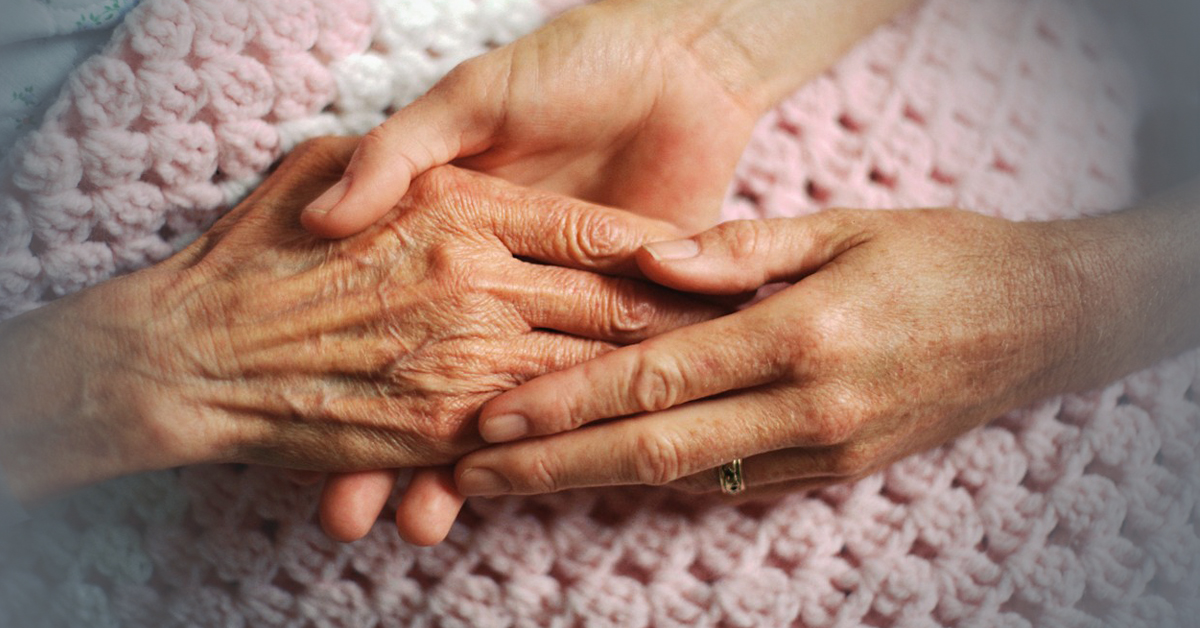
Will My Hospice Send an Aide? Maybe Not.
Hospice aides visit the homes of patients. They assist with grooming, hygiene, light housekeeping, and more. Given the physical decline that can occur with hospice patients, many consider these aides a vital part of the team. However, a study just published in the Journal of Pain and Symptom Management highlights how some hospice agencies appear to find the aide services less vital.1
What Hospice Aides Do
Many hospices have professionally trained hospice aides and/or volunteers to provide personal care. In home-based hospice, this usually consists of two or three visits per week. In that time, hospice staff can help with errands or light housekeeping. When a patient is experiencing debilitating fatigue or other debilitating symptoms, a trained home hospice aide is very helpful in giving patients baths. Aides can help change bedsheets while a patient is still in the bed. There are several daily, personal care activities that become tricky during end-of-life care. Fortunately, home hospice aides are prepared for most of them.
How Likely is a Hospice Patient to Receive Aide Services?
Jennifer M. Reckrey MD (Icahn School of Medicine at Mount Sinai, New York) and colleagues recently completed the study answering this question.1 They analyzed the Medicare records of 674 hospice patients receiving care between 2010 and 2018. Six out of ten patients received aide services. Agencies sent their aides with an average frequency of 1.3 visits per week.
What Influences the Level of Aide Service in Hospice?
The research team found that the most influential factor in the level of aide service was the business model of the hospice agency. As part of their process, they hypothesized that, as the terminal disease progressed, a patient’s ability for self-care would diminish. Resultantly, aide services may increase. To the contrary, they found that this was not the case. Aide services stayed consistent throughout the hospice episode. In fact, diagnosis stood out as the only patient characteristic influencing the level of aide service. Patients with respiratory diagnoses proved more likely to receive aide services than patients with dementia.
Call to Action
Dr. Reckrey and colleagues state a belief that “work is needed to ensure that hospice aides are integrated in the hospice interdisciplinary team and that access to hospice aide visits is meaningfully driven by patient and family needs, rather than the practice norms and business models of individual hospice agencies.” Indeed, expert groups have listed aides as part of the interdisciplinary team considered an essential structural element in palliative care.2,3 However, the work of Reckrey et al. was not structured to measure the comparative value of hospice care plans that include aide services versus those which do not. Further research into family satisfaction and patient outcomes surrounding these variables would better inform care planners. Additionally, Medicare.gov could simply inform families better. Medicare could add a report of aide visit levels to the website’s Care Compare section. This would empower families to make better informed decisions relative to their individual needs.
How to Know if Your Hospice Provides Aide Services
Patients with original Medicare have the right to receive service from any Medicare-certified hospice they choose. Patients with Medicare Advantage have fewer rights in this regard, but may still have some limited choices. Knowing your rights to choose plus a few questions for each hospice agency you consider will make you a more empowered consumer of healthcare services.
How can a family know if the hospice agency will provide aide services? The first step is to ask the agency before enrollment. As part of that, ask the agency about their philosophy toward aide services and how they will achieve your care goals. Aide services are only part of the overall care program for each agency.
Secondly, before enrolling with a particular hospice, a family can ask how many full-time aides a hospice employs. Then, one can retrieve the agency’s average daily census from Medicare.gov’s Care Compare. Average daily census means, on any given day, how many patients are in the care of that hospice. By dividing the number of full-time aides by the average daily census, you can establish an aide-to-patient ratio. Those hospices with the higher aide to patient ratios will be the ones that give their patients more aide services.
References
- Reckrey JM, Ornstein KA, McKendrick K, Tsui EK, Morrison RS, Aldridge M. Receipt of hospice aide visits among Medicare beneficiaries receiving home hospice care. Journal of Pain and Symptom Management. 2022 Apr 1;63(4):503-11.
- National Quality Forum. A national framework and preferred practices for palliative and hospice care quality. Washington, DC: National Quality Forum.
- National Consensus Project for Quality Palliative Care. Clinical practice guidelines for quality palliative care. The Kansas Nurse. 2004 Oct;79(9):16-20.





